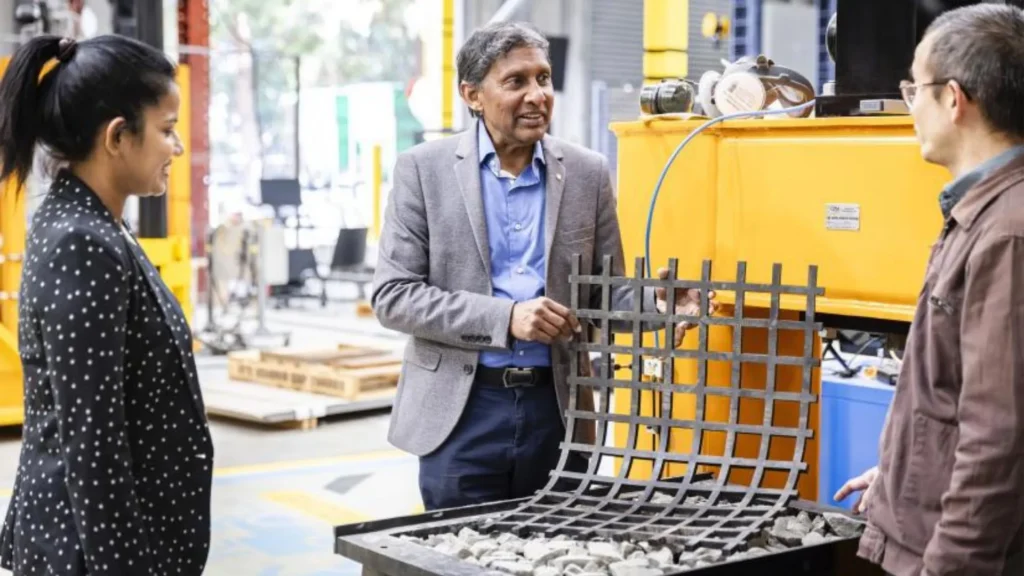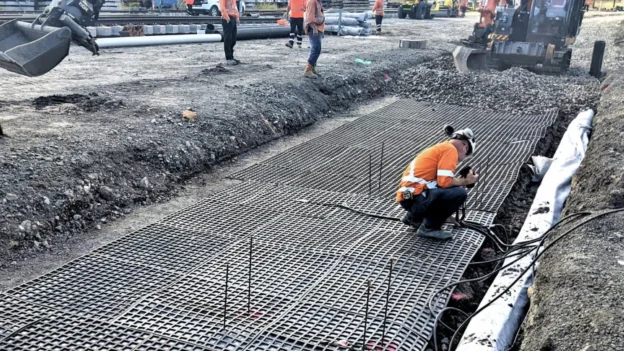In a major breakthrough for sustainable rail infrastructure, research in Australia has validated the use of recycled rubber to reinforce rail tracks and extend their durability. Over two years, the University of Technology Sydney (UTS) and its partners deployed sections of track with a base composed of reused tiresrecycled ballast and washed coal.
Benefits of recycled rubber in soft floors and ballast
The innovative system also converts the rubber cells into shock absorbers that effectively protect the ballast from pulverization caused by repetitive loads. Tests on the Chullora load line showed a considerable reduction in ballast degradation. reduction in ballast degradation and more precise control of track settlement.
In addition, the installation of recycled rubber gratings under the stone bed allows the rail loads to be distributed evenly on soft soils, reducingThe installation of recycled rubber gratings under the stone bed allows for even distribution of rail loads on soft soils, reducing differential settlements and improving overall track stability.
This innovation also offers a direct environmental benefit: it diverts tires away from landfills and strengthens the circular economy. For rail operators, it means lower maintenance costs, fewer service interruptions and greater reliability of the rail network.

Finally, UTS received additional funding to expand testing in critical areas such as bridge approaches and railroad crossings, areas prone to increased wear and tear. This stage will seek to validate the effectiveness of the system under more demanding conditions and facilitate its adoption on a global scale.
With these advances, Australia has established itself as a leader in sustainable rail solutions.
Follow us on social networks and don’t miss any of our publications!
YouTube LinkedIn Facebook Instagram X (Twitter) TikTok
Source and photos: University of Technology, Sydney

